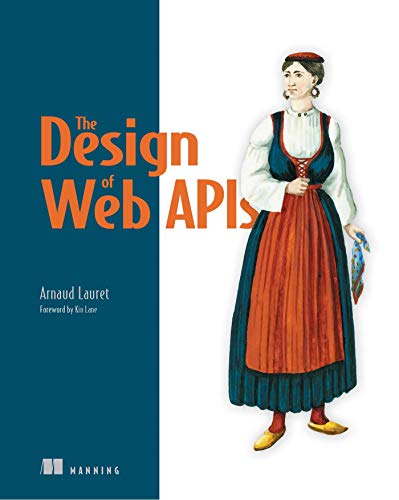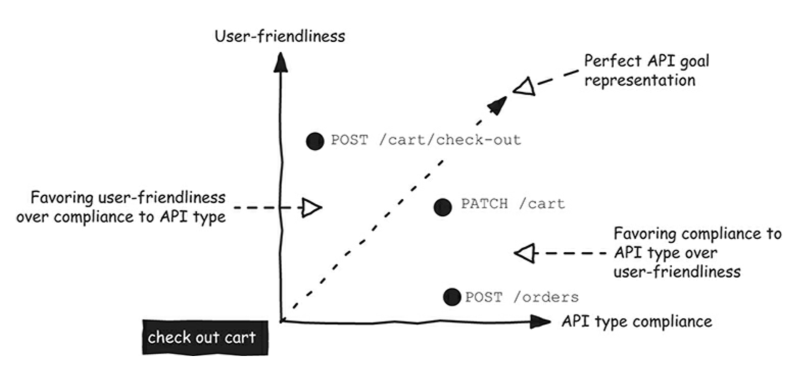Why bothering reading a book about design of web APIs when working in data science like I do? I found this book called The Design of Web APIs by Arnaud Lauret and decided to give it a try.

Why reading it
Data science is shifting towards turning models and solutions as API products. And this can be true not only when you develop a product you actually sell publicly. Even when developing a data product inside an organization, you may want to expose your data service via APIs.
So, when you are at this point of developing an APIs, there are plenty of design decisions to take (eg which routes to expose, which result codes, which response payload, etc.). If you start this design process without some guidelines, you may spend plenty of energies on trying to answer these design questions or even risk to introduce technical debt that you will pay later.
What is the book about
The book states that, when you take the role of an API designer, you are just like a designer of real-world object. An API is made for users and shuold help them to achieve their goals. API designers should avoid that internal details of the backend affect the design of the APIs. The focus of the designer is to simplify the job of the consumer.
Usability is what distinguishes awesome APIs from mediocre or passable ones.
The book is focused on shifting your point of view from the provider to the consumer. It may seem obvious and everyone might agree on it, but it is not that straightforward to make it happen because we may have bias or we may take design shorcuts that simplify the development of our backend. The author introduces methods like API goals canvas to help us listing out the needs of the user and focusing on them.

You will find in the books charts or schemas like the one above that explain the design choices you can face on a daily basis. In this example, you may want to stick to fully REST compliace with a POST /orders. Or you may want to relax this constraint via a non-REST design like POST /cart/check-out that might actually be more intuitive for the consumer developers.
And more technicalities
The book has a focus on these design choices (eg the resource expansion pattern for nested object in API responses), but is a good source of knowledge to learn more about some technical details around APIs that you can use on a daily basis. For example, you will read chapters about
- OpenAPI Specification
- OAuth2
- features of HTTP you might not be using (eg there are around 200 different standard HTTP headers)
- data format standards like ISO 4217 for currrencies or ISO 8601 for date and time-related data
- etc.
All about dev experience
It is the first book I read so far entirely dedicated to developer experience. How can we improve the productivity and the overall satisfaction of the developers using our APIs?
By reading it, you can learn an approach that goes beyond designing web APIs. You learn to focus on what simplifies the life of a developer, and I'm sure this thinking has an effect on how you write your code, your internal tools or even your docs.